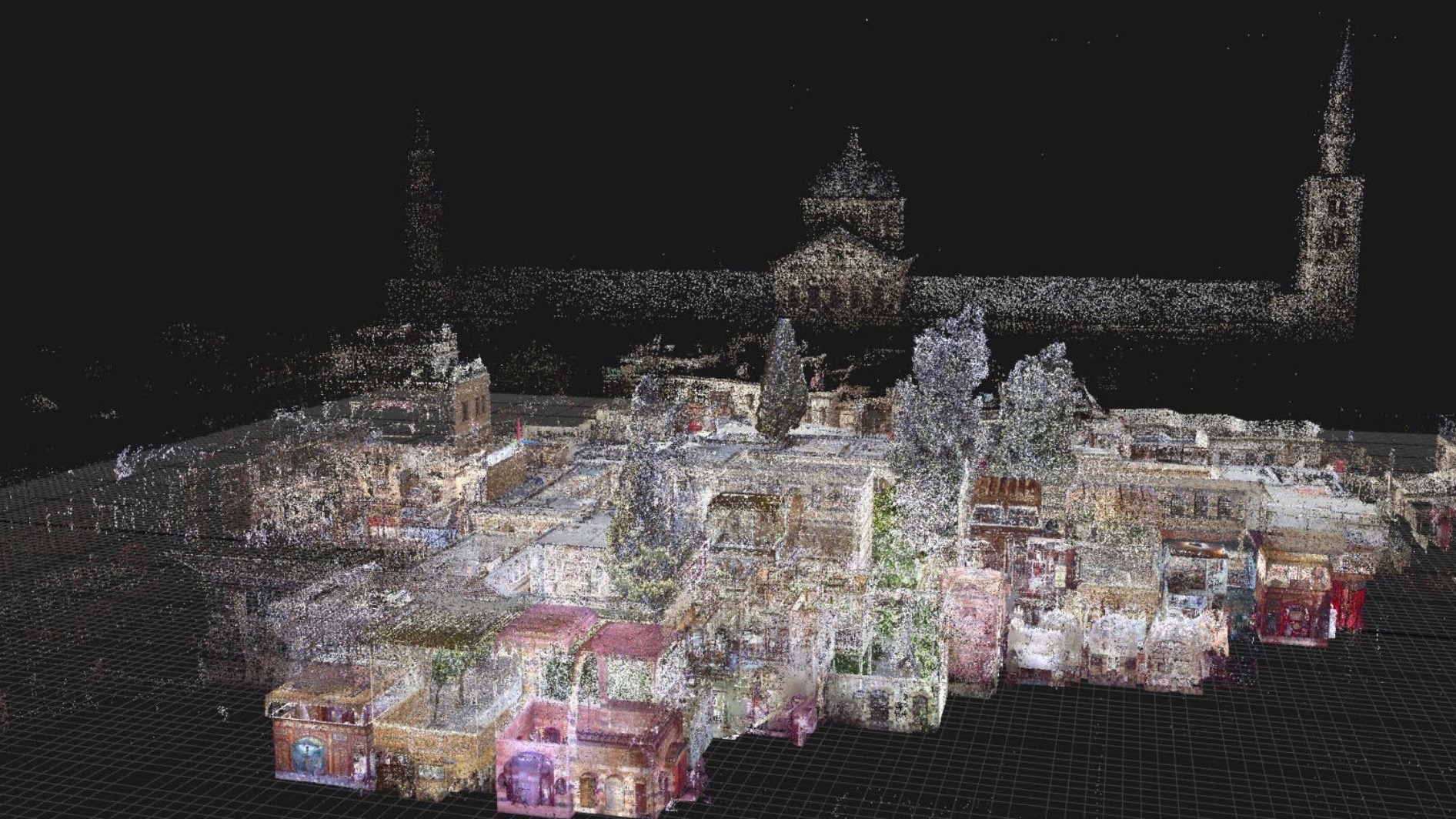
Google Maps has no sentimental attachment to the past.
With each new satellite update, foreclosed addresses and demolished buildings disappear into the void forever.But when it comes to the ancient historical and cultural landmarks of the world, Google has teamed up with a nonprofit organization to create a permanent, three-dimensional archive of Earths greatest monuments.Google Arts Culture announced today a partnership with CyArk, a decade-old organization dedicated to creating laser-scan recreations of historically relevant sites.The joint Open Heritage project has VR-enabled animations of places like the Ananda Ok Kyaung temple in Myanmar, which they fortuitously managed to scan before a 2016 earthquake caused its spire and masonry to collapse.Natural disasters arent the only danger to world artifacts.
CyArk founder Ben Kacyra started the organization in 2001 after watching the Taliban destroy 180-foot-tall, 1,500-year-old Buddhist statues in Afghanistan, vowing to preserve art and sites vulnerable to terrorism.Years later, Kacyras team scanned the Royal Kasubi Tombs in Uganda; after an arsonist burned the tombs down, it was requested that CyArk send its 3D scans of the tombs so they could be reconstructed.Our heritage is much more than our collective memoryits our collective treasure, Kacyra said.
We owe it to our children, our grandchildren and the generations we will never meet to keep it safe and pass it along.You can download the Google Arts Culture app on iOS and Android to discover more of these 3D heritage sites, and Google Daydream users can see the sites in VR.
And anyone can request 3D source data downloads from Open Heritage for study or restoration.Preserving ancient history with lasers and dronesTo capture these monuments in all their glory, CyArk uses a hodgepodge of tech, including lidar (a laser mapping system utilized by self-driving cars), photogrammetry (a technique for stitching together photos from different angles into a 3D model), and drones fitted with DSLR cameras.A 3D point cloud scan of the Al Azem Palace in war-torn Syria(Image: Open Heritage)With modern technology, we can capture these monuments in fuller detail than ever before, including the color and texture of surfaces and the geometry captured by laser scanners with millimeter precision in 3D, said Chance Coughenour, Program Manager at Google Arts Culture.With the greater outreach and publicity that its Google partnership brings, CyArk and the Open Heritage Project will hopefully be able to preserve and help reconstruct many more vulnerable landmarks in the future.Via Fast CompanyOne great site for historical preservation The moon!Yctfa5Fn67neu6p99tQ7kD.jpg#

 15
15






